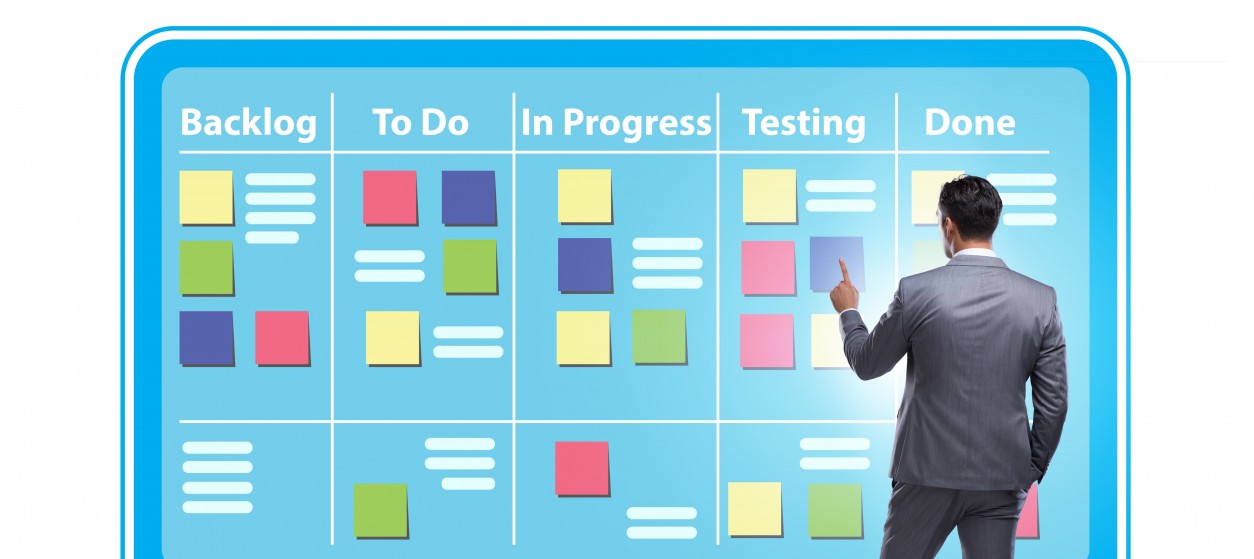The role of the product manager has evolved rapidly in recent years. This role is gradually becoming one of the most pivotal and complex positions in modern organizations. Nowadays, product managers (PMs) are responsible for overseeing the entire lifecycle of a product, from ideation and market research to launch, iteration, and eventual retirement. They act as the nexus between business, technology, and user experience, towards ensuring that products deliver real value to customers and drive business outcomes.
In the scope of this landscape, product management tools have become indispensable. These tools not only streamline workflows and improve collaboration but also empower PMs to make data-driven decisions, prioritize features, and align cross-functional teams around a shared vision. In an era where trends like product-led growth, AI integration, and agile methodologies are amplifying the effectiveness of product management processes, investing in a proper toolkit could set a company apart from its competitors.
Types of Product Management Tools
Product management is a multidisciplinary function, which is the reason why it is supported by diverse tools. Some of the most prominent categories of product management tools include:
- Road mapping and Strategy Tools, which are used to develop, visualize, and communicate product strategy and timelines. These tools come with features like support for visual roadmaps, prioritization frameworks, stakeholder alignment, and integration with development tools. Some of the most popular tools in this category include Productboard, Aha!, ProductPlan, and airfocus.
- Project and Task Management Tools, which help PMs in organizing tasks, managing sprints, tracking progress, and coordinating teams. These tools come with functionalities for Kanban boards, sprint planning, backlog management, and the creation of reporting dashboards. Jira, Trello, and Monday.com are some of the most prominent tools in this category.
- Collaboration and Documentation Tools, which are destined to facilitate communication, knowledge sharing, and documentation across teams. Such functionalities are offered by tools like Confluence, Notion, Slack, Microsoft Teams, and Miro. Based on these tools PMs can implement real-time editing, shared workspaces, whiteboarding, and integrated messaging tasks.
- Customer Feedback and Research Tools, which are typically used to gather, organize, and analyze customer insights to inform product decisions. They support surveys, heatmaps, session recordings, and feedback aggregation. Popular tools in this category are Typeform, Hotjar, Maze, UserVoice, Canny, and Userback.
- Product Analytics Tools, which are used in order to track user behavior, feature adoption, and key performance indicators (KPIs). They also support funnel analysis, event tracking, cohort analysis, and dashboard reporting. Such functionalities are found in tools like Mixpanel, Amplitude, Google Analytics, and Pendo.
- Design and Prototyping Tools, which can create, test, and iterate on product designs and prototypes. These tools support interactive prototypes, real-time collaboration, and usability testing. Such functionalities are found within tools like Figma and InVision.
- Knowledge and Documentation Management Tools, which store and organize product specifications, user stories, and technical documentation. They come with features like customizable databases, templates, and version control. Such functionalities are found in Notion, Confluence, and Document360.
Best Practices for Selecting and Using Product Management Tools
Choosing the right tools for your team is as important as the product strategy itself. Here are best practices to ensure your toolkit drives maximum value:
- Start with Your Needs and Objectives: Assess the size, maturity, and specific challenges of your product team and organization. Early-stage teams may prioritize flexibility and cost, while larger teams need robust integrations and scalability. Define clear objectives and KPIs for your product management process before selecting tools.
- Prioritize Customer-Centricity: Select tools that make it easy to gather, analyze, and act on customer feedback. A customer-centric workflow ensures that you build products that solve real problems.
- Ensure Seamless Integration: Opt for tools that integrate smoothly with your existing tech stack (e.g., development, analytics, support platforms). This reduces manual work and data silos.
- Focus on Collaboration and Transparency: Choose platforms that foster collaboration across business functions such as engineering, design, marketing, and sales. Real-time communication and shared documentation prevent misunderstandings and accelerate delivery.
- Test and Iterate: Pilot new tools with a small group before rolling them out organization-wide. Gather feedback from users to ensure the tool fits your workflow and culture.
- Balance Cost and Value: Consider both the price and the feature set of each tool. Free or low-cost tools like Trello and Notion are suitable for startups, while enterprise solutions like Productboard or Aha! may offer more advanced capabilities for larger organizations.
- Automate Where Possible: use automation features to streamline repetitive tasks, such as updating roadmaps or aggregating feedback. This can help you free up PMs to focus on strategic work.
Common Pitfalls to Avoid
Even the best tools can fall short if misused. Here are some traps to watch out for:
- Letting Tools Dictate Process: Don’t force your team’s workflow to fit a tool’s limitations. Instead, select tools that adapt to your established processes or can be customized to your needs.
- Over-Reliance on Internal Stakeholders: Avoid prioritizing features and tools based solely on internal opinions or sales requests. Ground decisions in customer data and market research to ensure real value.
- Misusing the Product Roadmap: Treat the roadmap as a strategic guide and not as a rigid commitment. Avoid over-promising features or sticking to outdated plans. Instead, iterate based on ongoing discovery and feedback.
- Excluding Technical Teams from Requirement Definition: Always involve engineering and technical teams early in the requirements process to ensure feasibility and avoid costly rework.
- Focusing on Outputs Over Outcomes: Don’t measure success by the number of features shipped. Focus on business outcomes and customer impact, using tools to track progress toward these goals.
- Failing to Continuously Iterate: Product development doesn’t end at launch. Use feedback and analytics tools to drive ongoing improvements and innovation.
- Chasing Competitors: Don’t simply copy competitor features. Use your tools to gather unique insights and build differentiated products that solve your customers’ specific problems.
Selecting and use the right product management tools is no longer a luxury. Such tools are a necessity for modern product teams, which operate in fast-paced, data-driven environments. Make sure that you understand the categories of tools available, while following best practices for their selection and implementation. In this way you can empower your team to build products that satisfy customers and drive business growth. In the next couple of years, it will be also important to embrace Artificial Intelligence (AI), data-driven strategies, and agile methodologies. Overall, the most successful teams will be those that leverage the right tools to stay customer-focused, collaborative, and adaptable to change. Choose wisely, iterate often, and keep your eyes on the outcomes that matter most.










